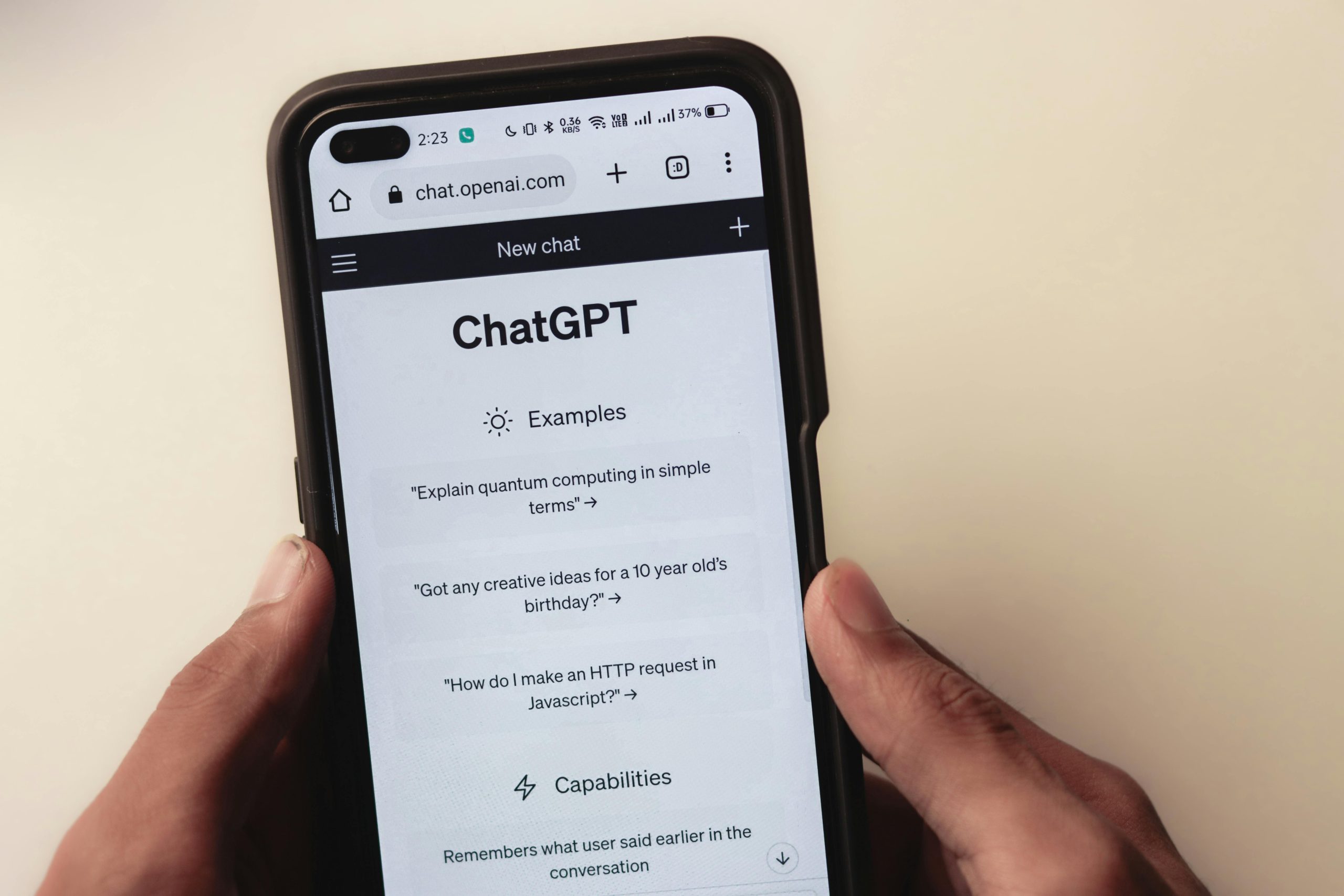ARTICLE
How AI is changing content creation
There is no denying that in the last few years, AI has rapidly made a huge impact on our lives.
Whilst AI in marketing has been around for a considerable amount of time, such as the use of artificial intelligence in Google Ad bidding, it comes as no surprise that AI-generated content is further reshaping the communications and marketing landscape as it becomes more readily accessible. But using it in the right way will make the difference between creating content that looks the same as everyone else’s, and really differentiating yourself. Is AI killing creativity or is it in fact propelling it?
The advances in AI-generated content do come with critical questions about where the technology should – and shouldn’t – be used in PR and marketing, especially when it comes to maintaining creativity, credibility, authenticity and trust for your audience.
As AI adoption in the comms world accelerates, we can understand why it is tempting to see it as a one-size-fits-all solution. But the reality of its use is far more nuanced. At Pearl Comms, we see AI as a tool – not a replacement for a writer, strategist, or storyteller.
AI and content creation
It’s very easy to head to ChatGPT or Google Gemini and ask it to “write a social media post”. Using AI in this way may benefit time-short businesses or startups, enabling people to very quickly create a range of content like blog posts or images for marketing materials pretty quickly.
However, machine learning models can only create responses based on what is input, and it has no capability for emotional intelligence or human insight. Why does that matter to marketing? The best marketing arguably has a storytelling element, or identifies and addresses specific customer pain points. People are emotionally driven and respond to things that resonate with them personally. AI can’t replicate a brand’s personal tone, emotional intelligence or empathy in copy because, put simply, it’s not human.
Studies have proven that humans are much more creative than AI. Research by the University of California, Berkeley, noted how humans were much more capable of writing rich and unique narratives, describing AI-generated content as being “loaded with clichés”. If you want your branded content to be original and creative, opting for human writing is a better choice.
And when it comes to thought leadership or ‘OpEds’, there is just no match, after all, it should be based on your opinion, and that simply can’t be done by a bot.
The ethics of AI-generated content
You also need to consider originality and ethical standards when using AI. While AI can produce a polished piece in a matter of seconds, it can often sound generic, repetitive and even patronising. It learns from open source, so there is also a risk of unintentional plagiarism, and it can create factually incorrect content. Authenticity goes a long way in content creation, and AI can really hinder this ultimately diminishing the impact of the final content.
AI also has an environmental consideration. It is a high energy-intensive form of computing, and research suggests generative AI systems can use around 33 times more energy than machines running task-specific software, such as a manual Google search. When thinking about sustainability, AI-generated content needs to be carefully considered for its negative effects on carbon usage. This should be a big consideration for all organisations, but particularly those reaching for, or maintaining B Corp status.
Where does AI add value to content?
Whilst we don’t recommend using AI for content generation, there are some ways it can be used to help the early stages of content ideation.
For example, it can help with research and insights by doing quick background checks, or breaking down complex topics into simpler terms. If you use AI for this, be mindful that you will need to fact check what is created as sometimes AI can get it very wrong.
Looking ahead, it’s safe to say that we don’t see AI as a replacement for a real person who has a deep understanding of business, and audience, needs. Whilst it can shorten tasks like research, AI outputs still need strategy, refinement, and human judgment and bags of creativity– especially for checking what the AI has generated is factually correct. We always recommend leading with a people-first approach to content generation to make sure you create unique, insight-led work that stands out against the rest.
Need help shaping your comms strategies or writing content that truly stands out from the crowd? Get in touch with us today and our talented team can help you with your content creation.
Looking for more?
Sign up to our “Pearls of Wisdom” newsletter here.










